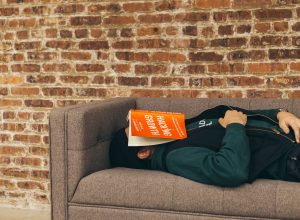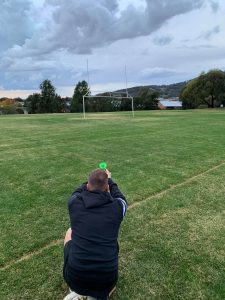How To Squat
Everyone should squat – whether you are a 70 year old female or a 20 year old male body builder.
So, Why Squat?
• It is a Functional Movement: The squatting movement is a movement that everyone performs each day. Sitting and standing from a chair, picking up things or even children off the floor. Squatting makes everyday activities easier to do
• Improves Mobility and Balance: After 60 years the chances of falling and breaking bones increases significantly. Squatting not only increases leg strength but also stabilisers your core muscles the communication between your brain and muscle groups and as a result improving balance. Exercising regularly also improves joint mobility making movement easier and decreasing the pain of osteoarthritis
• Prevents Injuries & Improves Flexibility: Squatting strengthens stabilising muscles, ligaments, tendons and body tissues where most injuries occur. Strong muscles, ligaments and tendons form a protective layer around bones. Squats improve the range of motion in ankles and hips which is a form of increased flexibility
• Builds and Tones Muscles: Squatting is a compound movement – meaning it works more than one muscle group – so all leg muscles are being used resulting in muscle build of the hamstrings, quadriceps, glutes and calves. The muscles built help regulate glucose, lipid and insulin metabolism. This helps prevent obesity, diabetes and cardiovascular disease
• Simple and Cheap: Squatting can be done anywhere with the aid of your body weight. Using body weight allows you to learn the correct technique and gain strength very quickly. Once squatting with body weight has reached its benefit levels using objects such as bricks, wood and there house objects do the job. You don’t need to spend hundreds at the gym either as squatting can be done anywhere.
How to Squat?
1. Warm Up
A good 5 minute cardio warm up (Running, Cycling, Rowing, X-Tainer) gets the muscles warm and ready for exercise. Helps prevent injuries
2. Stand straight with feet just over shoulder width apart
3. Break your hips – Push your bum back and lower until you reach a 90 degree angle of your knees. During this movement keep your back straight, head up, feet firmly on the ground and don’t let your knees go over your feet.
Pretend you are sitting on a chair
4. Return to starting position and repeat
Just starting – do 3 sets of 15 reps
5. Breathe in as you lower and out as you return to starting position
Need more of a challenge?
Wall Squat & Hold: Same technique as above. Stand about a metre away from a wall and squat. Once you get to 90 degree angle hold the position for 5 seconds. Return to start position and repeat
Wide Squats: Same as above only stand with legs about a metre apart
Single Leg Squats: Stand up straight and extend your right leg backward onto a raised surface. Break your hips and lower down. Keep your right foot firmly on the ground. Do not touch the ground with your left knee. Do not allow your right knee to go past your right foot. Do 10 reps and then swap legs. Use body weight to begin with and advance to free weights. This exercise is great for balance, stabilisation and your bum!
Split Squats: Stand up straight and extend a leg backward into a split position. The distance between your legs (the split) is up to you. Keep your front foot firmly on the ground. Drop down so your back knee is a centimetre off the ground. Return to starting position and repeat. Keep your back straight and head up. Do not let your back knee touch the ground. Swap legs. Use body weight to begin with and advance to free weights. Can also be done as a Side Split Squat
Box/Chair Squats: Same as above only slightly touch the box/chair. It is important that you DO NOT lose technique or SIT down. Keeping your back straight and your core turned on will help keep correct technique. This is an advanced technique
Front Squats: Done with a weight. Same starting and finishing position as a normal squat only instead of the weight going behind you it goes in front. A good rack position is A MUST. This means elbows are up and in line with hands. There is a90 degree angle under your arm pit. Keeping your back straight and head up is a must. This is an advanced technique
If squatting with weights, it is important to remember TECHNIQUE OVER WEIGHT. Anyone can lift a weight terribly but only people who are interested in looking after themselves can lift a weight properly.
Lifting with correct technique will enable you to lift heavier and more often than people who don’t. You will also decrease the chance of getting injured.
If you are squatting in a gym and unsure if you are doing it correctly, DO NOT watch someone else who is doing it or YouTube it, ASK the gym staff. People who work on the gym floor HAVE to be qualified in fitness, this includes correct lifting technique. They are the best people to steer you in the right direction.
Squats might be daunting at first and the soreness in your lower limbs after your first time will probably put you off BUT the rewards far outweigh the negatives. So…
GET SQUATTING!!!!!!
The journalist of this ‘How To’ is a qualified Strength & Conditioning Professional.





Be the first to comment!